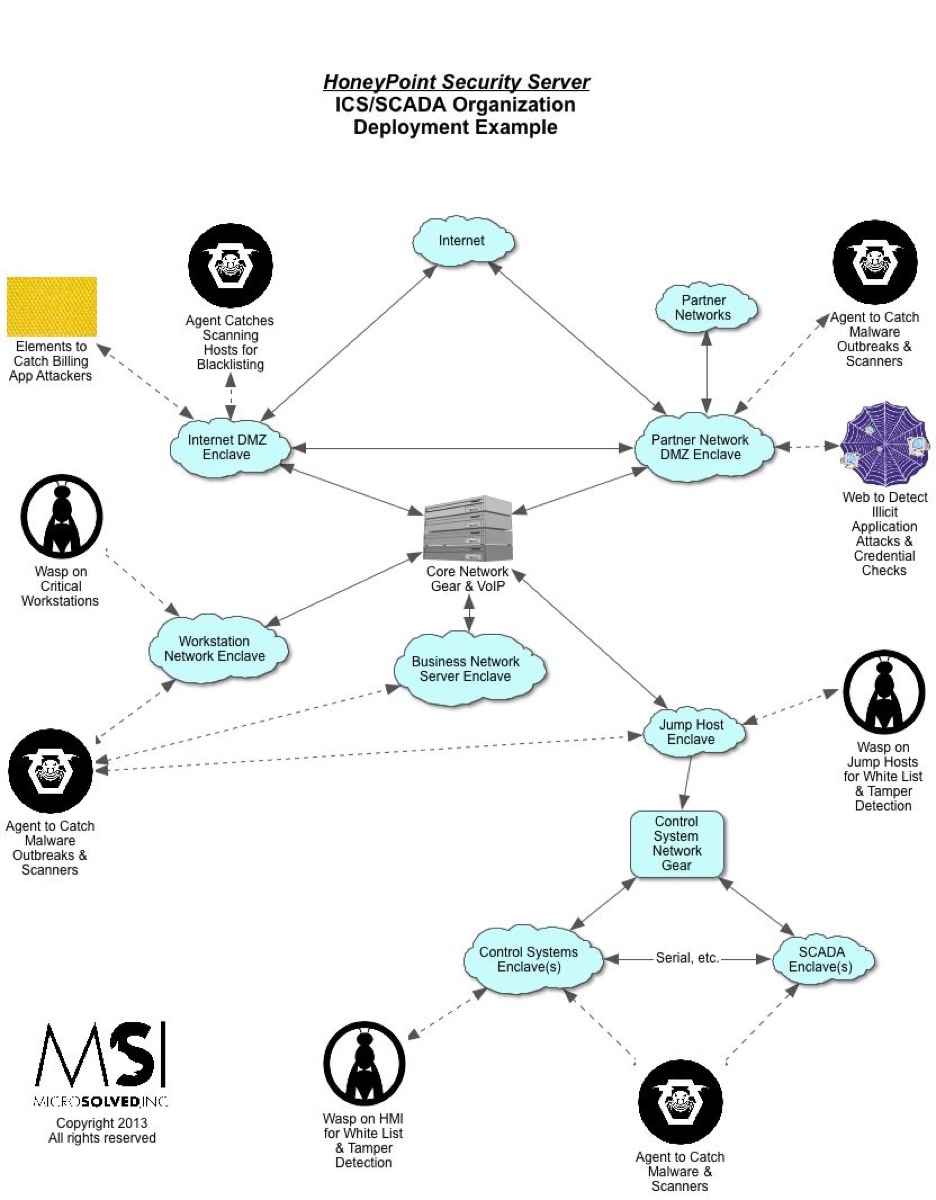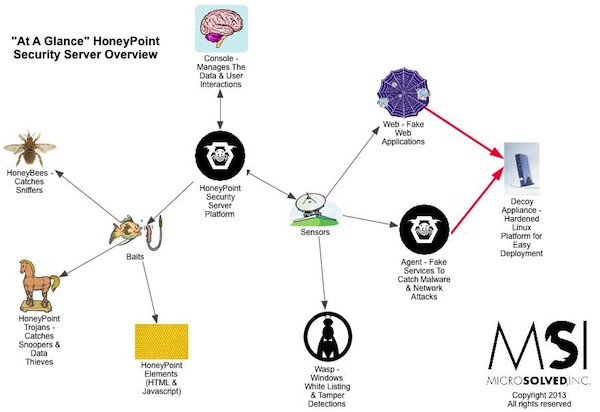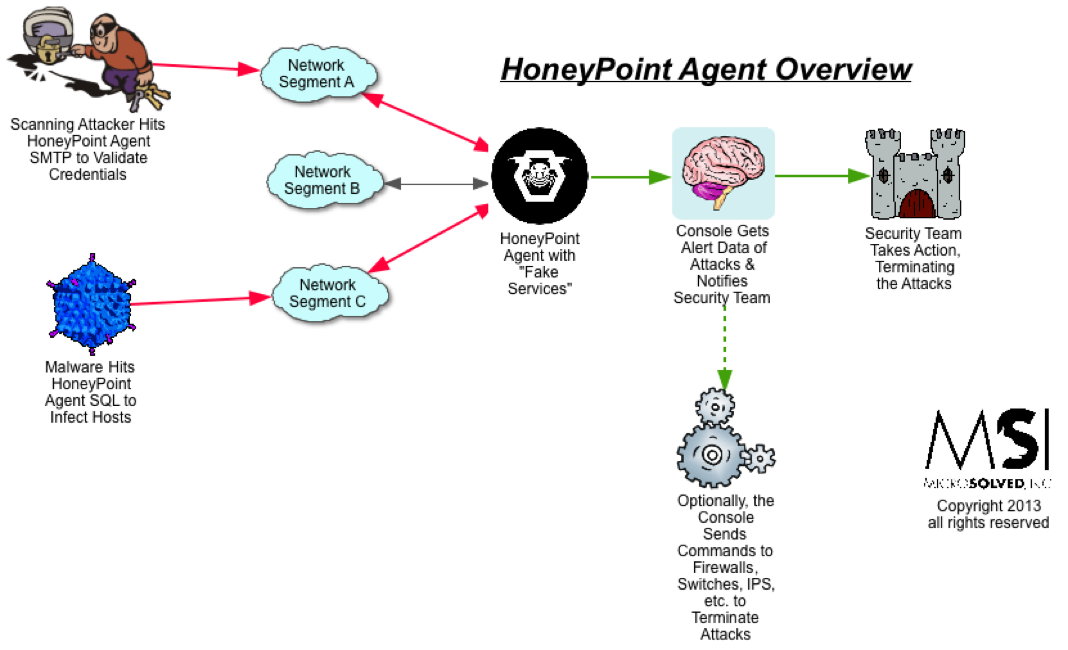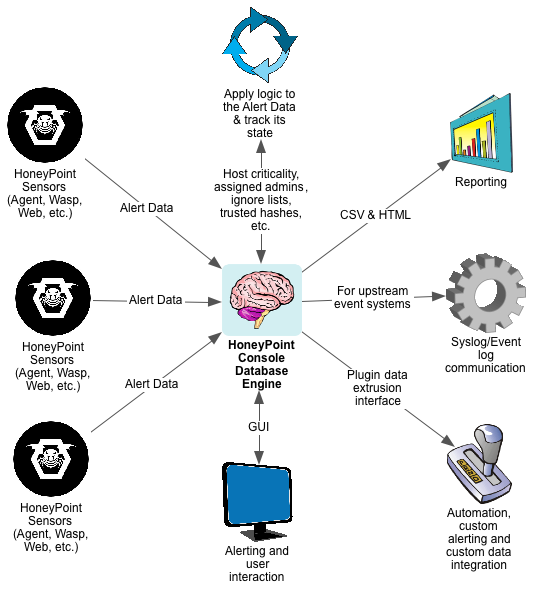Red Dragon Rising bids you a great morning from Abu Dhabi & the Middle East Homeland Security Summit.
Here are some of the latest Cyber Situational Awareness stories from the International front you need to know…
Confidential report lists U.S. weapons system designs compromised by Chinese cyberspies
See the entire story @ http://www.washingtonpost.com/world/national-security/confidential-report-lists-us-weapons-system-designs-compromised-by-chinese-cyberspies/2013/05/27/a42c3e1c-c2dd-11e2-8c3b-0b5e9247e8ca_story.html
軍事行動古村 OP Middle Kingdom achieves objective of complete colonization of Australia…US scare tactics to keep Chinese business out
http://www.smh.com.au/it-pro/security-it/us-scare-tactics-to-keep-chinese-business-out-20130527-2n7lb.html
Premier Li : People’s Republic of China, Germany now economic ‘dream team’ OP Middle Kingdom continues…Colonization of Europe continues under OP Middle Kingdom…Germany acknowledges People’s Republic of China as the True Global Leader…
http://www.reuters.com/article/2013/05/27/us-china-germany-li-idUSBRE94Q0JZ20130527
OP Middle Kingdom (軍事行動古村) captures United Kingdom as the People’s Republic of China continues affirmative colonization of the United Kingdom…UK and Germany ‘oppose duties on People’s Republic of China duties’
http://www.bbc.co.uk/news/business-22684663
Tracing APT_163QQ Malware from the People’s Republic of China…Hong Kong
http://espionageware.blogspot.hk/
People’s Republic of China’s PLA: Electronic warfare unit in simulated offense-and-defense drill – People’s Daily Online
http://english.peopledaily.com.cn/90786/8253243.html
As Chinese Leader’s Visit Nears, United States Will Be Urged to Allow Retaliation Against Cyberattacks
http://www.nytimes.com/2013/05/22/world/asia/as-chinese-leaders-visit-nears-us-urged-to-allow-retaliation-for-cyberattacks.html?
Iranian Hackers targeting US oil, gas, and electric companies
http://thehackernews.com/2013/05/iranian-hackers-targeting-us-oil-gas.html
The U.S.-China Showdown Over Cyber Attacks Heats Up
http://www.businessweek.com/articles/2013-05-24/the-u-dot-s-dot-china-showdown-over-cyberhacking-heats-up
Strike Back If People’s Republic of China Steals IP, Companies Told —
http://www.informationweek.com/security/attacks/strike-back-if-china-steals-ip-companies/240155480
People’s Republic of China’s Coexistence Strategy and the Consequences for World Order
http://www.jamestown.org/programs/chinabrief/single/?tx_ttnews%5Btt_news%5D=40914&cHash=d8be948bc55dcb0d41788b4b876db5c6
Missile Defense with Chinese Characteristics
http://www.jamestown.org/programs/chinabrief/single/?tx_ttnews%5Btt_news%5D=40915&cHash=bd1dd683123a93c0ab390143b34d7a90
People’s Republic of China: Informatization Drives Expanded Scope of Public Security
http://www.jamestown.org/programs/chinabrief/single/?tx_ttnews%5Btt_news%5D=40721&cHash=f1a040999f18d83c1c56713807fc5e6f
A naval fleet of the Chinese People’s Liberation Army (PLA) on Monday passed through the Miyako Strait and entered the Western Pacific Ocean for a training mission
http://www.chinadaily.com.cn/china/2013-05/27/content_16537520.htm
Seriously? USA to legalize rootkits, spyware, ransomware and trojans to combat piracy?
http://blog.emsisoft.com/2013/05/27/seriously-usa-to-legalize-rootkits-spyware-ransomware-and-trojans-to-combat-piracy/
People’s Republic of China to Build $5 Billion EU Beachhead in Belarus
軍事行動古村 OP Middle Kingdom…How do you spell ‘COLONIZATION’ by the People’s Republic of China “E U”
EU countries resist plan to impose duties on Chinese solar panels…
http://www.guardian.co.uk/world/2013/may/27/eu-duties-chinese-solar-panels
Next Target of COLONIZATION by the People’s Republic of China…Switzerland….軍事行動古村 OP Middle Kingdom…
People’s Republic of China calls time on import tariffs on Swiss watches
http://www.guardian.co.uk/world/2013/may/27/china-calls-time-import-tariffs-swiss-watches
People’s Republic of China’s OP Middle Kingdom 軍事行動古村: Greece becomes trade battleground as China invests in NCI
The Chinese are interested in airports, harbours and railways…” Chinese colonization continues unabated…
http://www.guardian.co.uk/world/2013/may/27/greece-trade-battleground-foreign-investors-swoop
Semper Fi,
謝謝
紅龍




